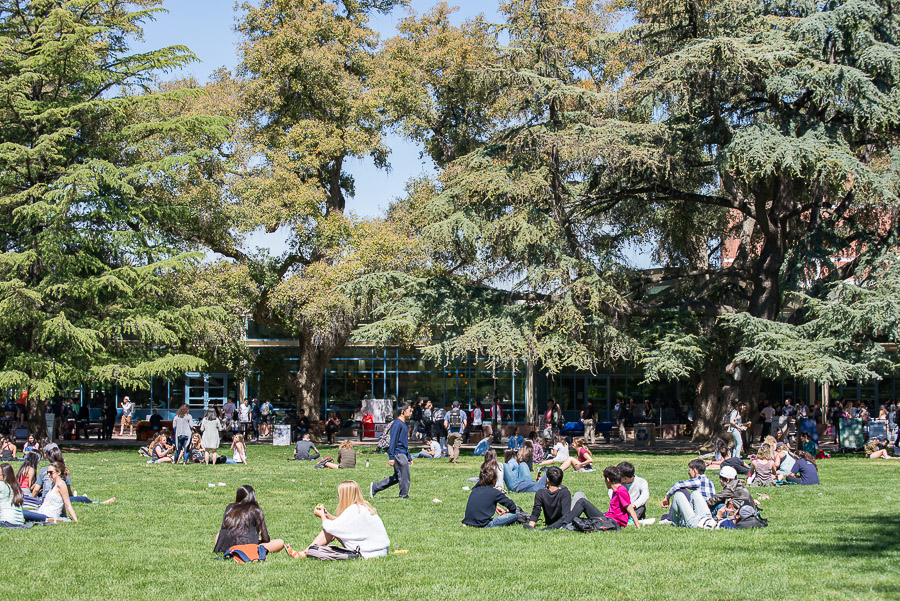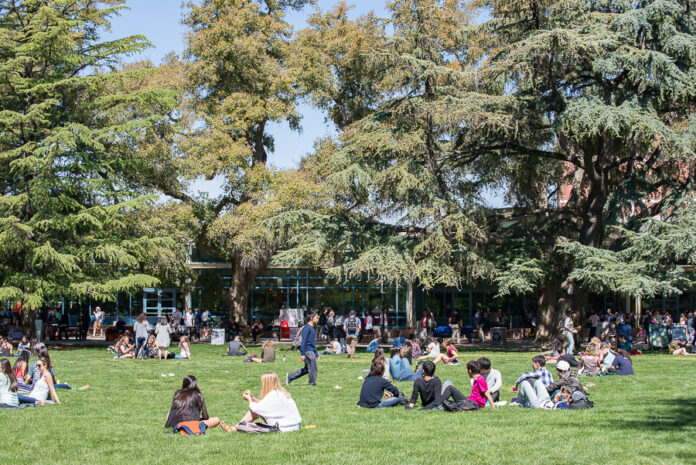
The academic paths of students may differ, but the need to intermingle remains
“What year are you?” is undeniably a common question asked by students at UC Davis. But it ignores the diversity of our student population. So let’s examine this question a bit further to better understand how the life of a transfer student compares to the life of a student who has not previously attended another university. When we look at the stark differences between the two, we can see an ever-growing divide that may reach a point of no return if student demographics do not effectively intermingle.
If you pose the question “What year are you?” to a transfer student, more often than not you will get a bewildered look. Transfer students come from all walks of life: a wide range of ages, ethnicities, classes and backgrounds. In terms of age, the youngest student in the transfer class of 2018 is 14 years old, while the oldest is in their 70s. So these transfer students find themselves unable to answer the question of their “year” without some ambiguity.
Some transfer students attended junior college for two years straight after high school, then went to a four-year university. For these students, the question isn’t that difficult to answer. However, this does not represent the majority of transfer students. Some are re-entry (returning) students who decided to take a break from their education, whether it was a single gap year or several years. Others are veterans and have served this country in the most admirable way possible. Many transfer students are single mothers or mothers who have returned from maternity leave. And, believe it or not, some transfer students are former convicts who have served their time in prison and are now pursuing a better life.
What about the culture and student demographics of transfer students? Evidence suggests that junior colleges are much more diverse than four-year universities in terms of race and background. Transfer students are therefore responsible for “balancing” student demographics across the country, and universities would be far less diverse if not for their transfer students.
What about four-year students, those who follow the standard educational course after high school? Research tells us that, apart from international students, four-year students are much more involved in the campus community as well as the local community. For the most part, these students spend nearly half a decade one location, dedicating a significant portion of their youth to a certain university. They are also often risking more with their education since four-year first-year students are less prepared and motivated to re-enter an academic path if they drop out.
Yet they have an opportunity to grow in an environment with dependable support systems. Moving away from home at such a young age takes resilience and uncharted strength. Unlike transfer students, four-years have a substantial amount of time to connect and thrive among different cultures, clubs and associations, both on and off campus. This provides each university and, more importantly, its corresponding community with a vital amount of community service, involvement, residency and reciprocation. Even though four-year students are generally limited to the age group of 18 to 22, they contribute to a community that’s far different from their own, resulting in more fluid personal growth.
Students of every shape, color, size and background contribute greatly to this country — and to every university, for that matter. The important thing to remember here is that we must bridge the gap growing between transfer students and four-year students. No longer should transfer students be lingering in the shadows for their comparatively shorter time at a university. No longer should four-year students isolate themselves from the transfer student community. Especially in times like these, let us connect rather than divide. Let us reach out and relate to one another, not shun ourselves from everyone who might be a little different from us. Let us simply communicate. And the next time you ask that age-old but slightly misguided question “What year are you?” maybe start with “Are you a transfer or four-year student?” instead.
Written by: Brody Fernandez — bwfernandez@ucdavis.edu
Disclaimer: The views and opinions expressed by individual columnists belong to the columnists alone and do not necessarily indicate the views and opinions held by The California Aggie.




